Month-Wise Gardening Tasks for Indian Homes: A Complete Guide
Previous PostHome gardening is catching up in India like never before. Growing your own food is an essential part of a healthy lifestyle. This explains the uptick in a lot of gardens ditching the ornamental plants for pots of seasonal veggies and herbs.
Gardening is a fulfilling journey that has to evolve with the changing seasons to make the best of our ever diverse Indian climate. With each month bringing its own climate conditions, knowing what to sow, plant, prune, and harvest is essential. And that is why we have compiled this month-wise guide for you to help you plan your vegetable patches, herb corners, flower beds, and microgreen trays efficiently.
- January – Starting the Year Right in the Garden
- February – Preparing for Spring
- March – Sowing the Seeds of Summer
- April – The Onset of Heat
- May – Managing the Summer Stress
- June – Preparing for the Rains
- July – A Month of Growth
- August – Nurture and Harvest
- September – Preparing for Winter Crops
- October – Starting the Winter Garden
- November – Peak Planting Time
- December – Wrapping Up the Year
January – Starting the Year Right in the Garden

January is cool and crisp across most of India. It’s the ideal time to grow winter greens like mustard, spinach, komatsuna, mizuna, and radishes. Plant herbs such as coriander, parsley, and thyme. You can also sow all microgreens like radish sango, rocket, and garden cress. Garden tasks include pruning shrubs, composting kitchen waste, harvesting mature winter veggies, and mulching to retain warmth in the soil.
February – Preparing for Spring

February’s weather begins to warm slightly, making it the bridge between winter and spring. Plant lettuce, tomatoes, capsicum, spinach, and okra now. Basil, mint, lemon balm, and lemongrass are excellent herbs to begin growing. Spring flowers like zinnias, cosmos, and nasturtiums can be planted, along with sunflower microgreens. Start deadheading winter blooms, continue mulching, and prepare the beds with compost for spring planting.
March – Sowing the Seeds of Summer

March signals rising temperatures. It’s time to sow cucumbers, gourds, beans, and brinjals. Herbs like basil, dill, and oregano grow well. Sunflowers, portulacas, and gomphrenas are bright summer flower choices. Grow amaranth and wheatgrass as microgreens. Ensure regular watering, shade protection for tender plants, and keep up with composting and light pruning.
April – The Onset of Heat

April brings hot days, especially in northern and central India. Choose heat-loving veggies like chillies, okra, cucumbers, and bottle gourds. Grow herbs like curry leaf, lemongrass, and mint. Annuals like vincas, zinnias, and sunflowers bloom well. This is also the right time to spruce up your lawn with a fresh sowing of Bermuda or Rye Grass if needed. Sow microgreens like fenugreek and mustard indoors to avoid heat stress. Keep the soil cool using mulch, water early in the morning, and deadhead spent flowers to keep the garden tidy.
May – Managing the Summer Stress

May is one of the hottest months. Stick to hardy vegetables like cluster beans, sponge gourd, and ridge gourd. Grow cooling herbs such as mint, basil, and coriander. Bougainvillaea, hibiscus, and sun-loving flowers continue to do well. Sow microgreens indoors in trays and mist them often. Prioritise watering deeply and less frequently, shade young plants, and feed soil with organic compost.
June – Preparing for the Rains

The monsoon begins in many parts of India. This is a great time for sowing corn, okra, and gourds. Plant herbs like turmeric, ginger, and lemongrass. Flowers like rain lilies and balsams are season favourites. Microgreens to grow include mustard and sunflower. Improve drainage, collect rainwater, start pruning leggy growth, and clear debris from your garden.
July – A Month of Growth

With rains in full swing, July encourages strong plant growth. Sow leafy greens, chillies, tomatoes, and cowpeas. Grow curry leaves, basil, and lemongrass. Portulacas, rain lilies, and cosmos bloom beautifully. You can continue harvesting and planting quick-growing microgreens. Keep removing weeds, prevent fungal infections, and harvest rain-fed crops.
August – Nurture and Harvest

August brings warm days and regular showers. Grow gourds, spinach, and French beans. Plant herbs like mint and coriander. Marigolds, zinnias, and torenias thrive. Microgreens like pak choi and mustard sprout quickly. Start pruning after flowering, check for pest infestations, and maintain regular mulching and composting.
September – Preparing for Winter Crops

As temperatures dip slightly, start preparing for winter gardening. September to November are actually the best months to grow all kinds of veggies all across India. Sow carrots, beans, turnips, and different types of lettuce. Herbs such as chives and parsley can be added now. Set flower beds with calendulas, petunias, and pansies. Microgreens to grow include beetroot and chard. Begin soil prep, remove exhausted plants, and mulch beds for upcoming crops.
October – Starting the Winter Garden

October’s pleasant weather is ideal for sowing peas, spinach, turnips, broccoli, cabbage, cauliflower, kohl rabi, beet, radish and pak choi. Herbs like dill, parsley, and thyme grow well. Tulips, ranunculus, dianthus, phlox, and pansies are good flower choices. Microgreens like broccoli, cabbage, and cauliflower can be grown indoors near a sunny windowsill. Begin active sowing, clear dead summer plants, and apply compost to enrich the soil.
November – Peak Planting Time

November is one of the busiest months for Indian gardeners. Plant leafy greens, onions, carrots, and broad beans. Parsley, oregano, and coriander thrive now. Flowers like larkspur, petunias, and violas bloom well. Sow trays of wheatgrass and broccoli microgreens. Focus on regular watering, pruning, composting, and harvesting maturing veggies.
December – Wrapping Up the Year

December is cool and perfect for maintaining winter crops. Tend to your winter veggies like radishes, beets, spinach, and cabbage. Start herbs like rosemary, thyme, and sage. Winter flowers include calendulas, pansies, and nasturtiums. Continue growing microgreens like beetroot and mustard. Maintain garden hygiene, prune dry parts, harvest produce, and mulch to protect roots from the cold.
That broadly sums up the month wise gardening to-do's in Indian gardens. Keep in mind that due to the multiplicity of climates across the country, it's always ideal to tweak the guide and sow and grow these veggies as per your local soil temperature and climatic conditions.
Happy gardening!





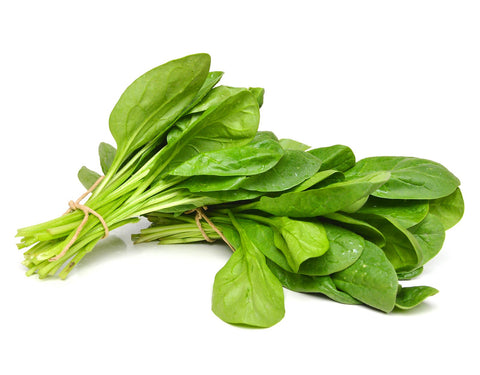

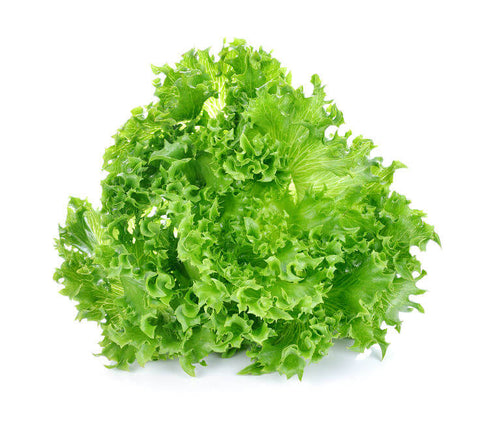

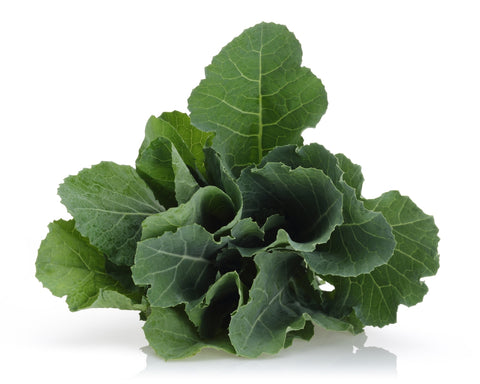
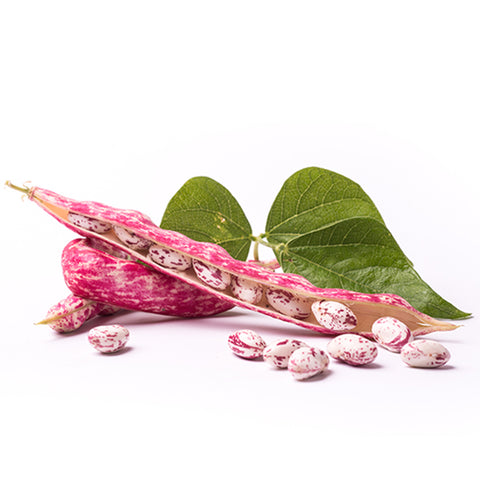


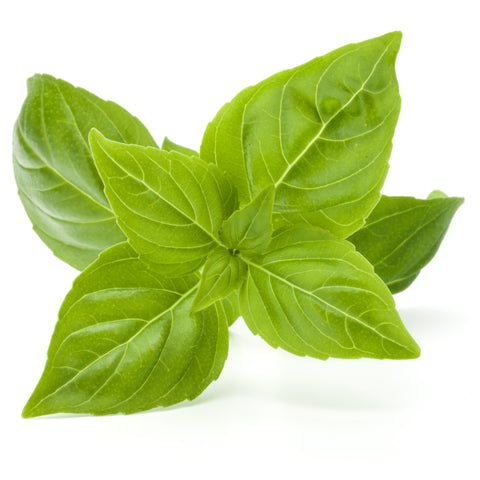




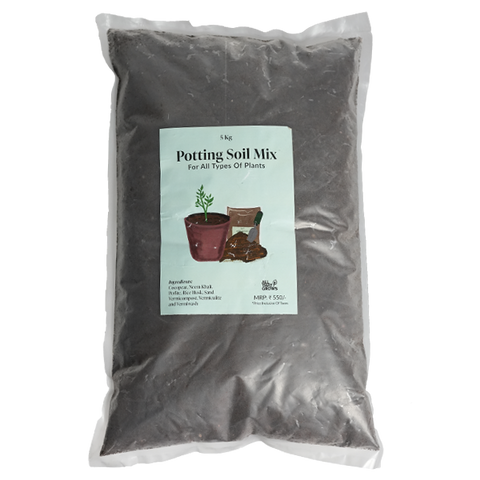

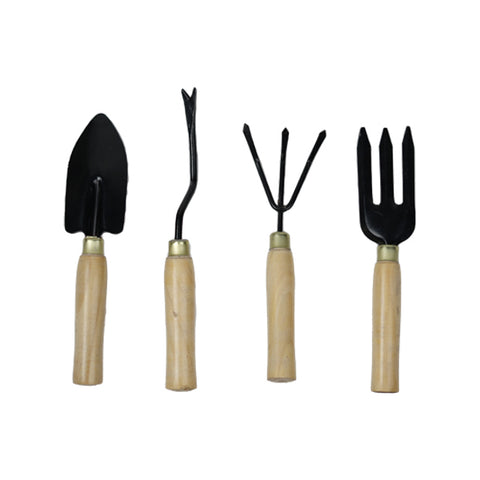
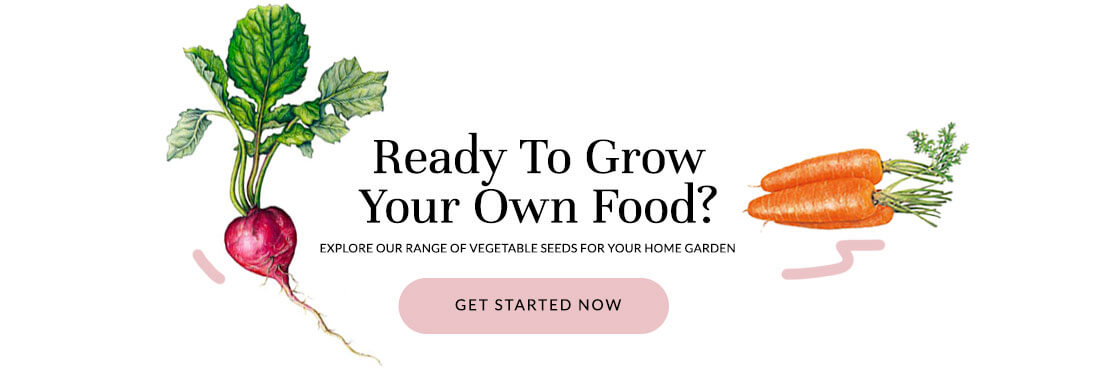

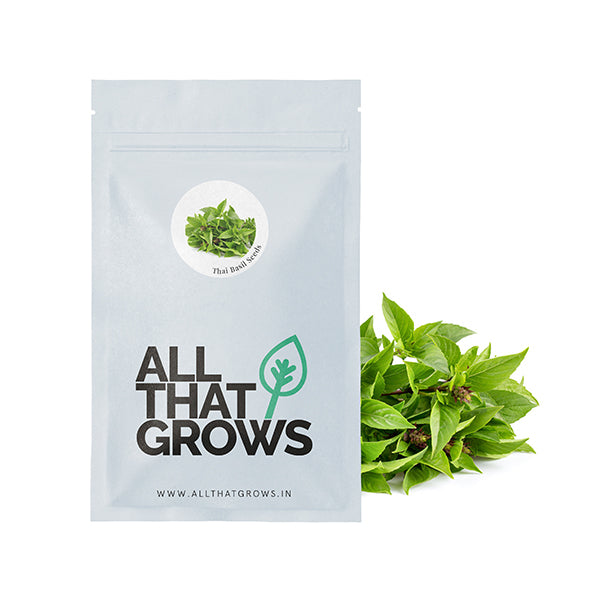
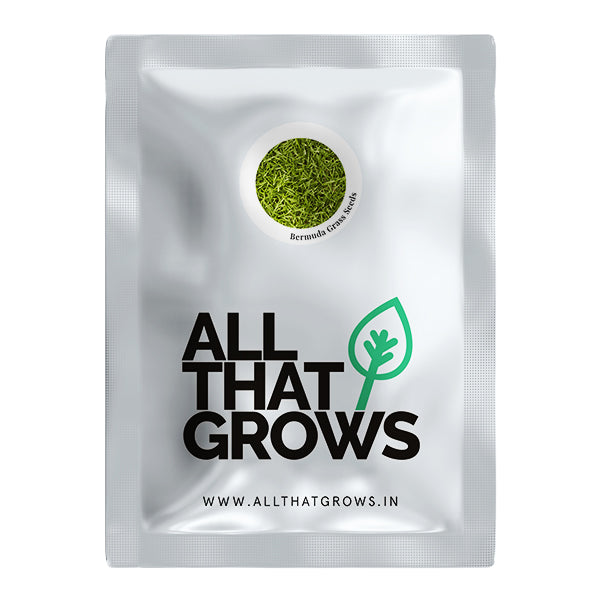
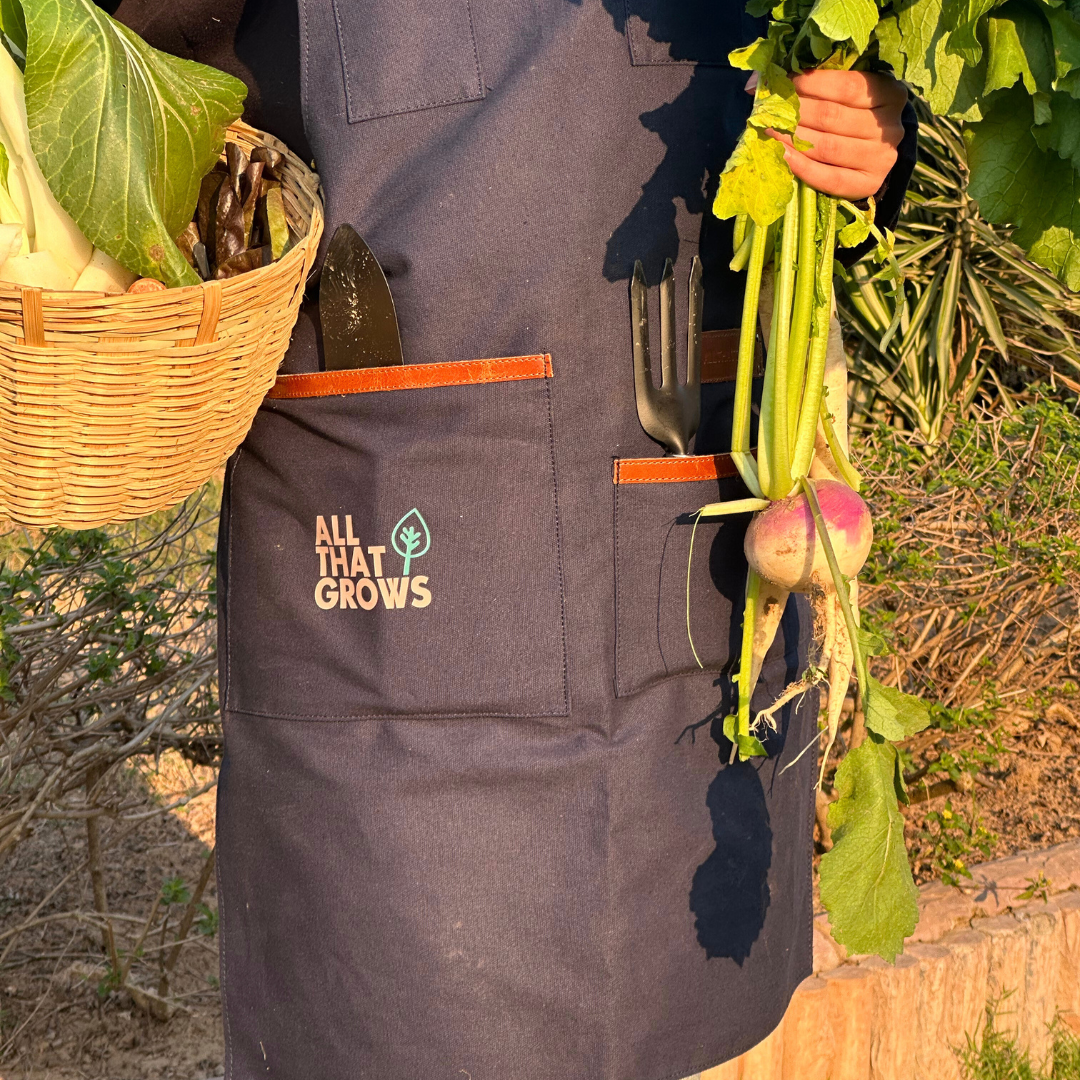

Leave a comment